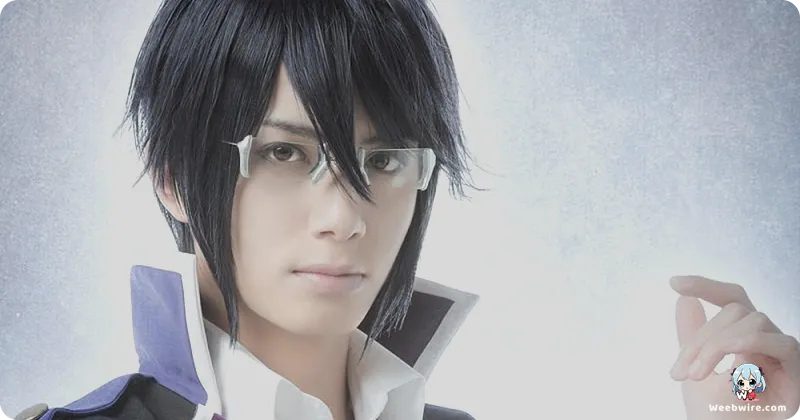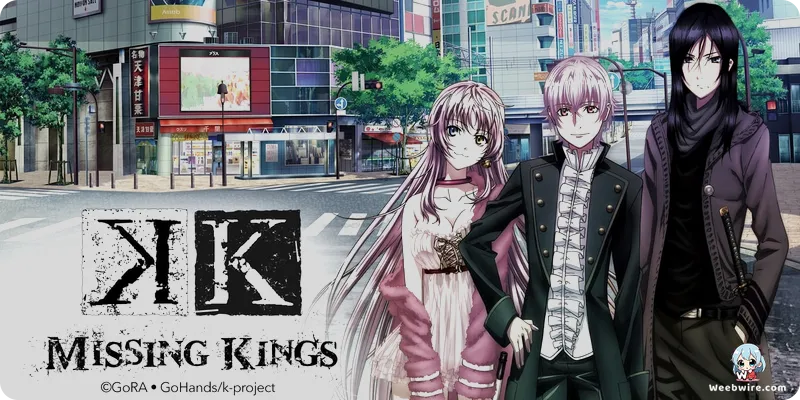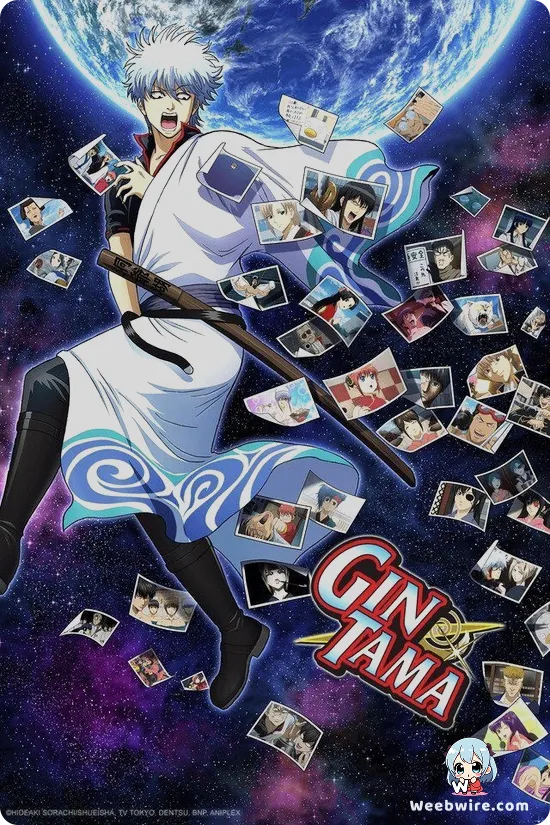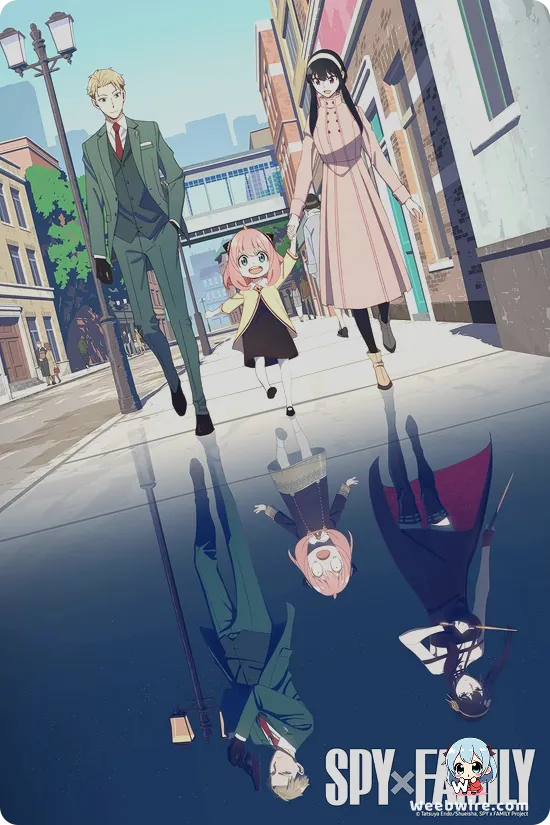The Cinematic Bridge: Exploring the Unique Vision Behind 'K: MISSING KINGS'

Step into the vibrant 'K' universe with 'K: MISSING KINGS,' a pivotal cinematic installment that masterfully bridges the anime's acclaimed first and second seasons. Released in 2014, this film transcends a mere narrative connector, standing as a testament to the unique creative vision of the GoRA collective and the renowned animation studio GoHands, celebrated for its strikingly stylized productions. Beyond a plot summary, we delve into the intriguing facts and groundbreaking artistic decisions that cement 'K: MISSING KINGS' as a standout in modern anime.
GoHands' Signature Animation Style
GoHands' signature animation is immediately captivating. The studio’s highly detailed, almost painterly backgrounds, often featuring a distinct depth of field, imbue scenes with a cinematic, ethereal quality. This is seamlessly paired with fluid, dynamic camera movements that sweep through environments, a hallmark under the direction of Shingo Suzuki, who also served as character designer and chief animation director. Unlike many anime, GoHands expertly integrates complex 3D camera work with 2D character animation, creating an immersive experience where every action and conversation becomes visually spectacular. The vibrant, neon color palettes, particularly in depicting the Kings' powers from HOMRA's fiery reds to Scepter 4's icy blues function as characters themselves, profoundly enhancing the supernatural elements.

The Original Vision of GoRA
A fascinating insight into the 'K' project's genesis reveals its origin as an original anime series, conceived by the anonymous seven-author collective GoRA, rather than an adaptation. This collaborative approach fostered a rich, multifaceted narrative tailored for animation, granting GoHands exceptional creative freedom. 'K: MISSING KINGS' exemplifies this, expanding on established lore and introducing new elements without prior material constraints, presenting a pure artistic vision.
Pivotal Narrative Contributions
The film's crucial narrative role picks up immediately after the first season’s dramatic conclusion, delving deep into the search for the Silver King, Isana Yashiro, and exploring the Silver Clan, known as the 'Colourless King's Clan'. This period of uncertainty and the combined efforts of Kuroh Yatogami and Neko to locate their missing king drive significant character development, showcasing their unwavering loyalty and resourcefulness. It also revisits the emotional impacts of past events on HOMRA and Scepter 4, painting a complete picture of their struggles and resilience.
Expanding the Seven Kings' Lore
'K: MISSING KINGS' further elaborates on the intricate power system of the 'Seven Kings', whose unique powers stem from the ancient 'Dresden Slate'. The movie highlights the Silver King's absence and the resulting power vacuum, compelling other clans to reassess alliances. The dynamic between the Red King, Mikoto Suoh (even in absence), and the Blue King, Reisi Munakata, continues to resonate, underscoring the delicate balance of power. Crucially, the film introduces the new threat of the Green King, Hisui Nagare, subtly laying groundwork for 'K: Return of Kings'.
Voice Acting and Auditory Excellence
The series' exceptional voice acting, featuring Daisuke Ono as Kuroh Yatogami and Mikako Komatsu as Neko, delivers nuanced and powerful performances. This, coupled with meticulous sound design and an evocative musical score, elevates the viewing experience. Starchild Records (now King Records) played an instrumental role in music production and distribution, ensuring memorable themes and dramatic orchestral scores that create a cohesive and immersive world. This collaboration between GoHands' visual artistry and King Records' auditory expertise is key to 'K: MISSING KINGS'' captivating and enduring appeal.
Credits
K: MISSING KINGS
Author
GoRA
Cover Art
Shingo Suzuki
Studio
GoHands
Publisher
K Project Production Committee
Producers





